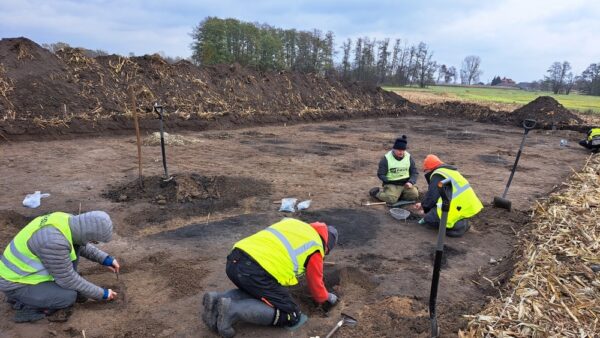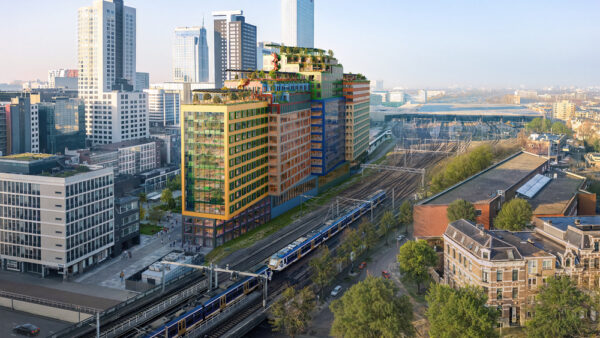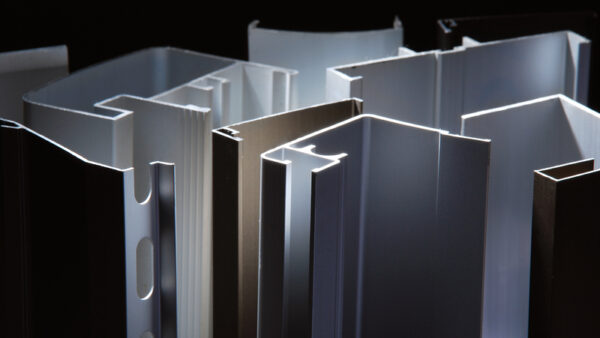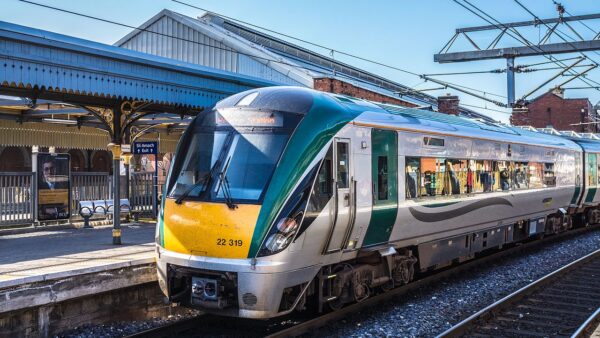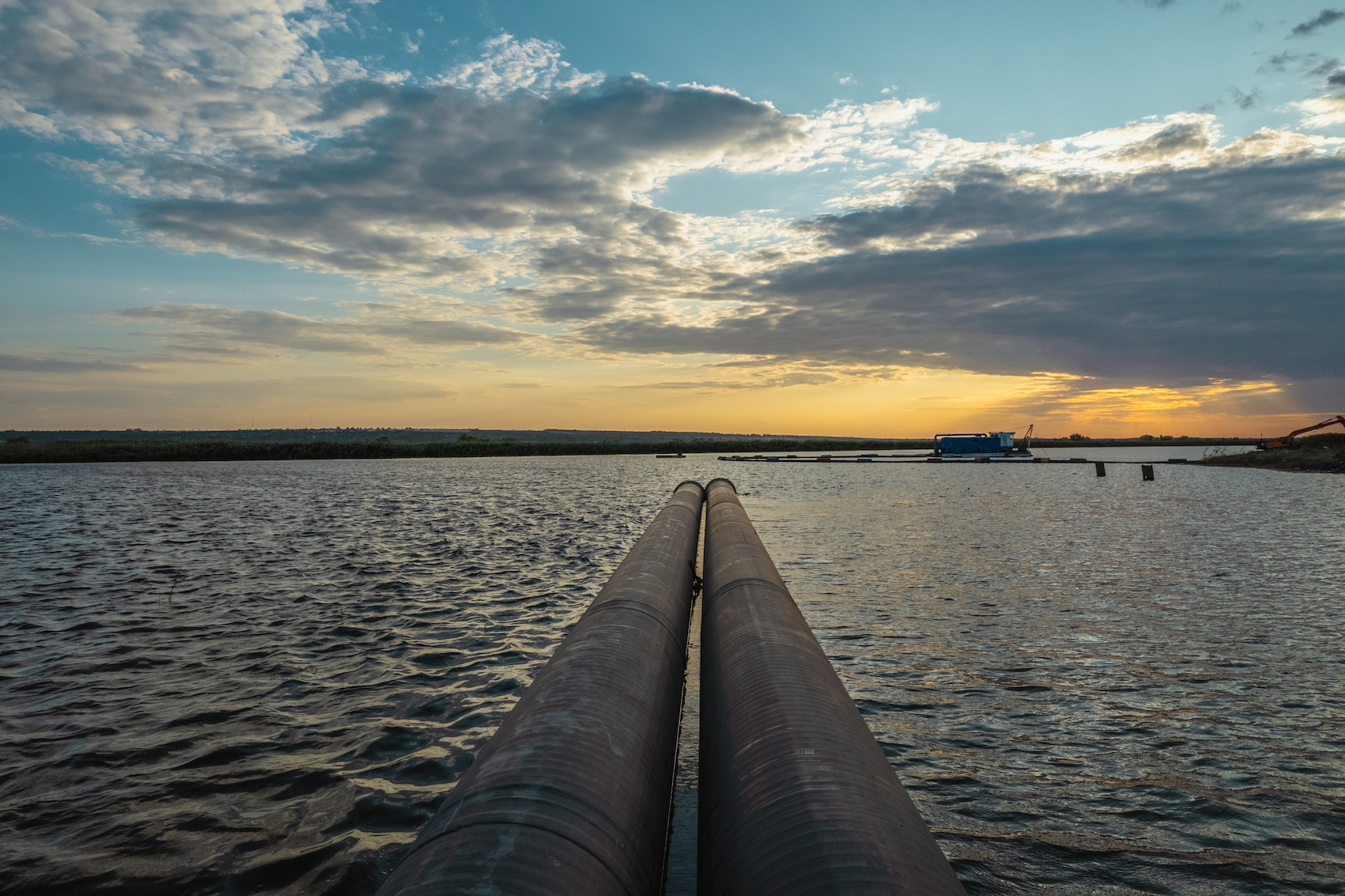
As presidents Donald Trump and Vladimir Putin meet to negotiate Ukraine’s future, Ukrainians themselves are racing to fix vital infrastructure destroyed in Russia’s 2022 invasion.
In just five months, one of Ukraine’s biggest construction firms, Autostrada, has built a 68km pipeline to restore the supply of potable water to the 400,000 residents of the southern Ukrainian city of Mykolaiv.
It’s located on the Southern Bug River estuary, 65km inland from the Black Sea.
The city has relied on brackish water from the estuary since Russian forces destroyed the Dnipro-Mykolaiv pipeline in April 2022.
War conditions prevented its immediate replacement but, in the second half of 2024, the Ukrainian government approved the new pipeline.
Then the search began for a suitable water intake site. France’s Egis proposed three alternatives, each requiring a review, and a site upriver on the Southern Bug was picked.
It also took time to allocate funds from Ukraine’s strained state budget, Autostrada told GCR.
In April this year, Autostrada got approval to start working around the clock on what was estimated to be a $211m (8.7 billion hryvnia) project to build a new, twin-900mm-diameter fibreglass pipeline.
However, by avoiding the use of subcontractors and taking all functions in-house – including asphalt-concrete, concrete, and soil-mixing plants – Austrada said it cut the project cost down to $150.28m (6.2 billion hryvnia), a reduction of 25%.
“The scale, speed, and complexity of this project make it an exceptional case study in wartime infrastructure recovery,” the company said.
Here’s a timeline of the project in pictures.
April: Mobilisation
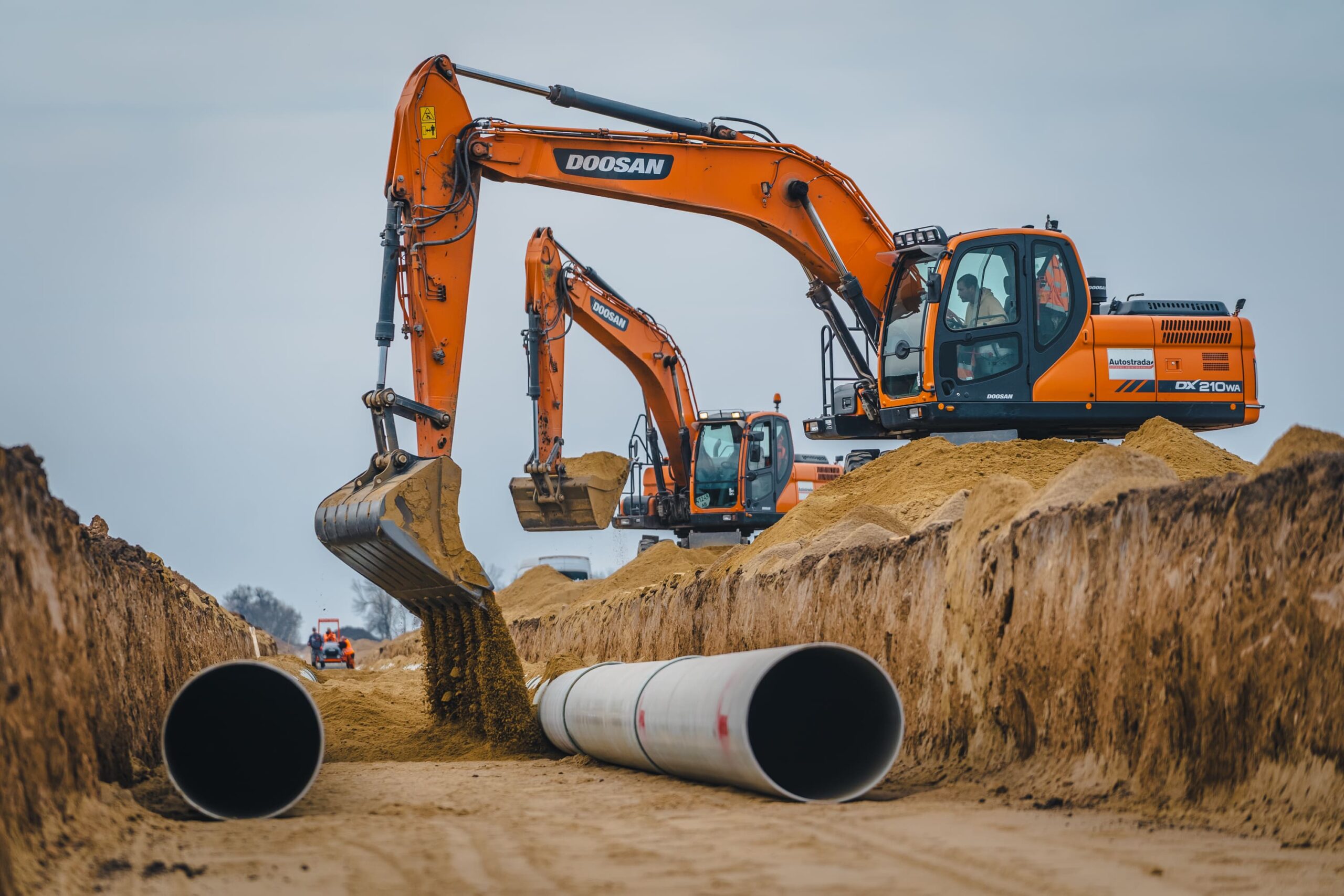
The project starts at a sprint with trench excavation, pipeline base preparation, and materials delivery.
May: Building pump stations
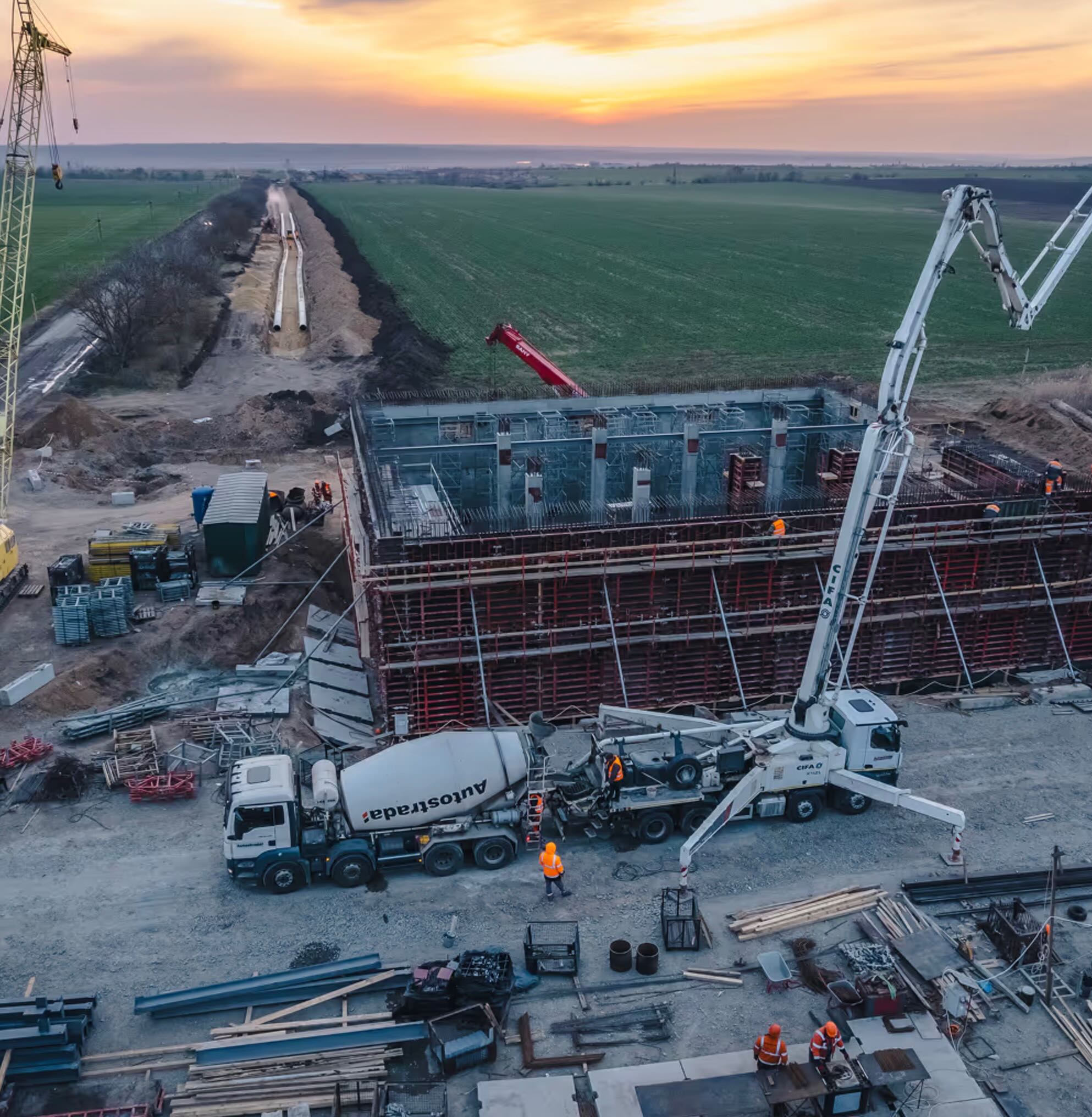
With pipe-laying underway, crews work 24/7 to simultaneously build three pumping stations along the pipeline route. At the intake channel on the Southern Bug River, connection is made to Pumping Station No. 1 near Nova Odesa, upriver from Mykolaiv.
June: Securing the intake
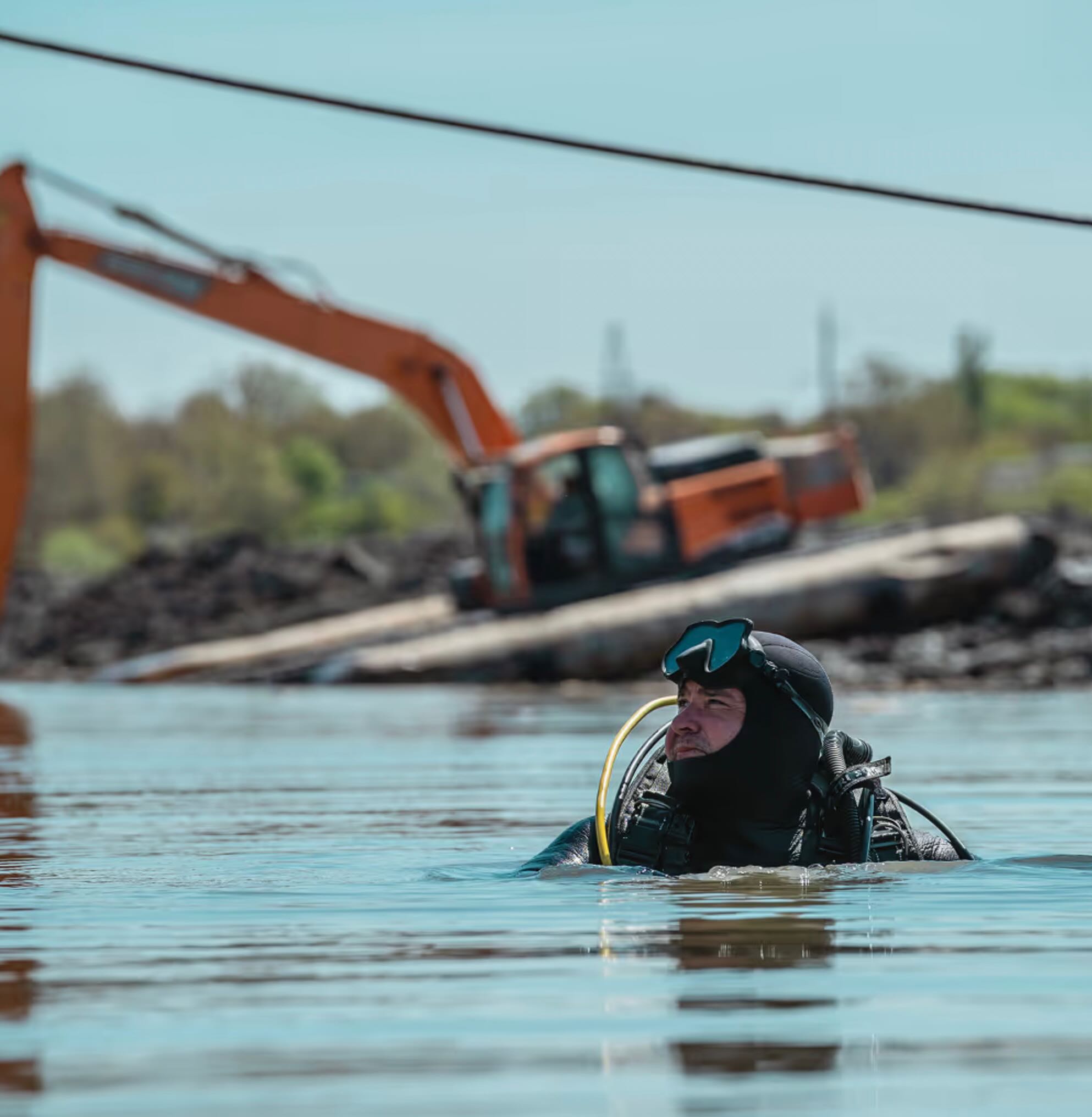
Divers shape the geometry of the water intake basin at the river, reinforcing its bank with rubble stone and concrete slabs. They line the riverbed with sand-cement bags to prevent silt contaminating the water as it enters the system. They position four gravity-flow pipes, each 1,000mm in diameter and over 700m in length. Here, the water will be filtered before it flows to the first of the three pumping stations towards Mykolaiv.
July: Commissioning starts
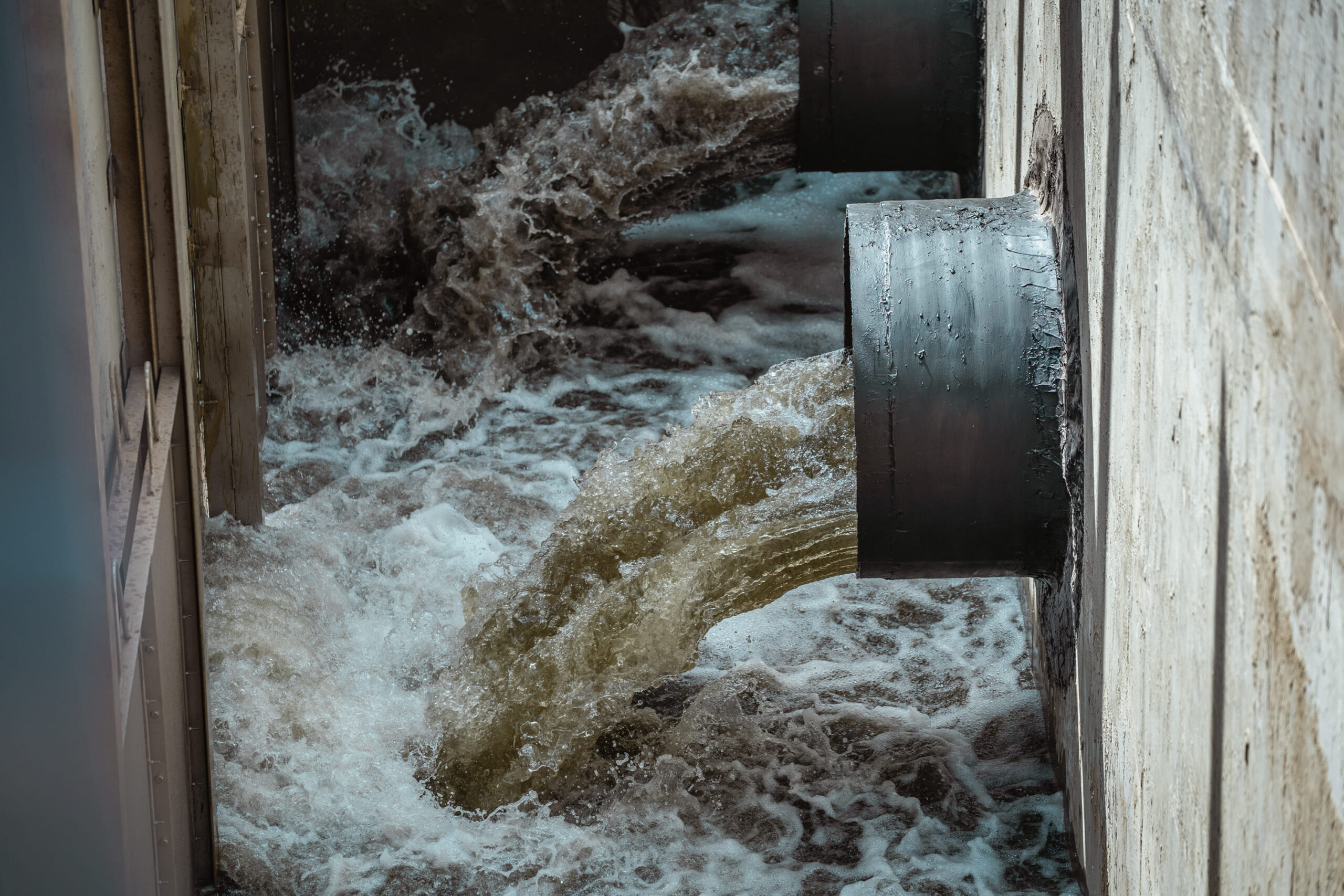
Specialists test the system under medium operating pressure. Water enters from the Southern Bug and flows by gravity to the intake chambers of Station 1. When the chambers fill, the water is pumped to the Pumping Station 2. When pressure reaches target levels, the segment from Station 2 to Station 3 starts to fill.
August: Finish line
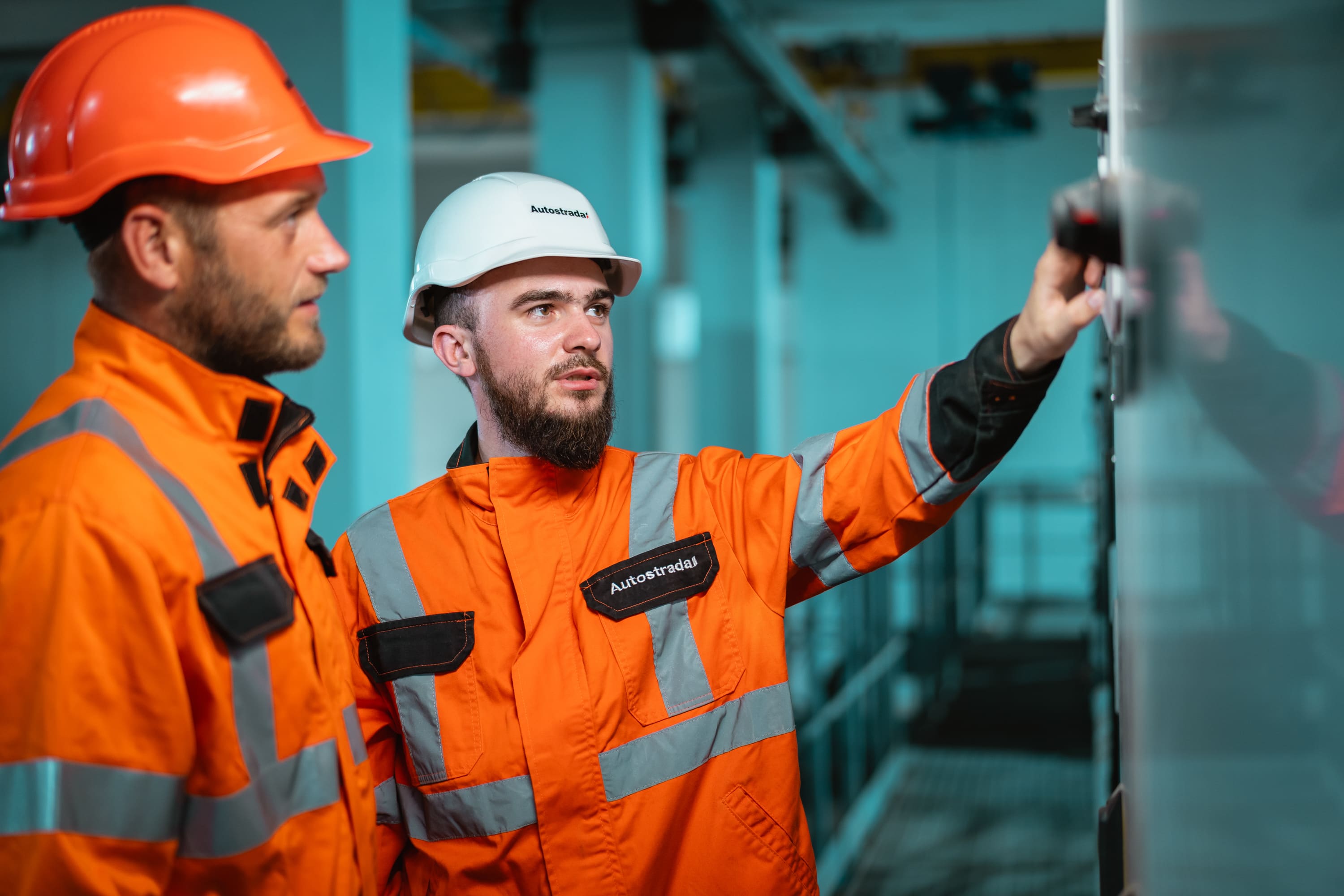
Autostrada expects the pipeline to be fully operational by the end of this month. The company said a project of this scale would normally take 2.5 years.
- Subscribe here to get stories about construction around the world in your inbox three times a week


